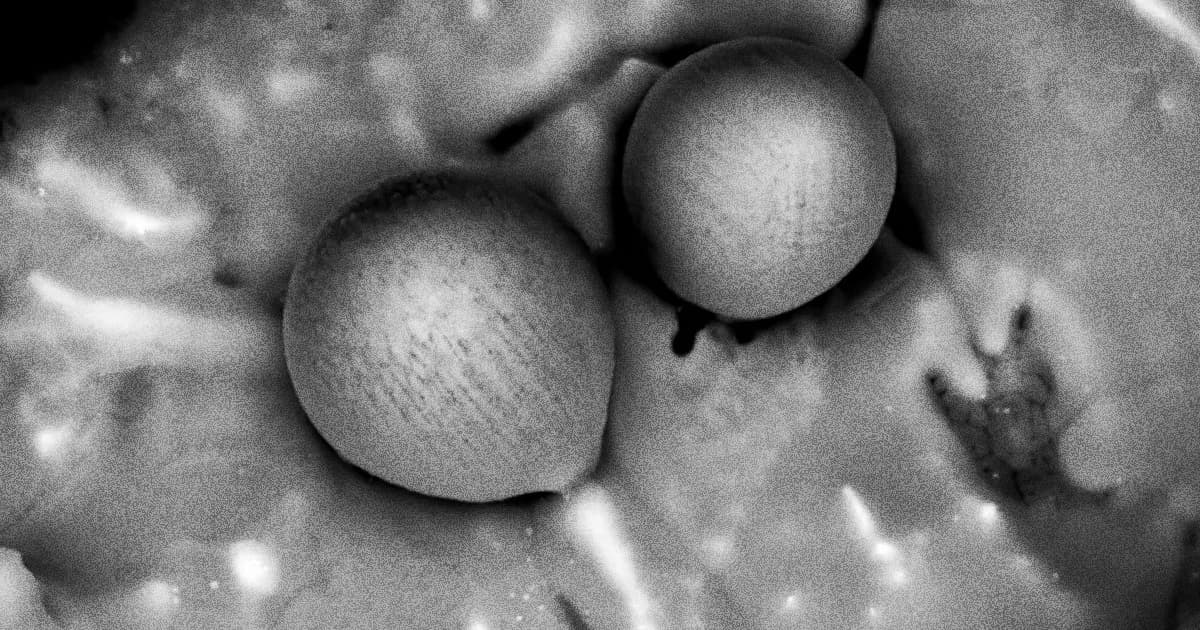They found something.
Off World First
Harvard's premier ET hunter says he's recovered the first known sample of an object from outside our solar system, y'all.
In a statement on his blog, Harvard astronomer Avi Loeb said that he and his group, the Galileo Project, have completed their analysis of dozens of tiny "spherule" fragments from IM1, a meteorite that crashed into the Pacific Ocean in 2014 and is believed to have originated from beyond our home star system.
Known for his provocative claim that 'Oumuamua, another interstellar object that flew past Earth in 2017, could be an alien craft, Loeb has made a name for himself by pairing outlandish-sounding claims about extraterrestrial tech with some serious scientific acumen, the latter of which led to the "interstellar expedition" to study what he believes may also have been a craft from an intelligent civilization outside our solar system.
The Galileo Project's journey to the waters outside of Papua New Guinea earlier this summer ultimately gathered more than 700 spherules, 57 of which it earmarked for more extensive analysis.
That study, Loeb writes, showed that five of the tiny marbles "originated as molten droplets from the surface of IM1 when it was exposed to the immense heat from the fireball generated by its friction on air" back in early 2014, when the object was first detected as it crashed to Earth.
What's more, those five pieces "showed a composition pattern of elements from outside the solar system" that were "never seen before," he says — a finding which, if it's corroborated by independent experts, could have significant historical implications.
Hook, Line, Sinker
Loeb and his team were able to acquire the spherules from IM1 using an instrument invented by the Galileo Project that they call the "interstellar hook," a sled-like contraption fitted with fine-tuned magnets that they dragged across the ocean floor to capture the tiny bits of meteor.
The device sifted out everything else from the bottom of the ocean and, using its powerful magnets, collected only those with high quantities of iron and other compounds believed to be part of meteors that originated outside of our solar system.
In April 2022, the US Space Command declassified a memo corroborating — after years of speculation on Loeb's part — the claim that IM1 did indeed originate from interstellar space based on the velocity at which it blazed through the sky in January 2014 before crash landing into the Pacific Ocean.
No word yet, though, on whether the spherules show signs of alien design.
"The fundamental question is whether any interstellar meteor might indicate a composition that is unambiguously artificial in origin?" he wrote earlier this year. "Better still, perhaps some technological components would survive the impact. My dream is to press some buttons on a functional piece of equipment that was manufactured outside of Earth."
More on meteors: Expert Says Rock That Hit Woman Was NOT a Meteorite
Share This Article
